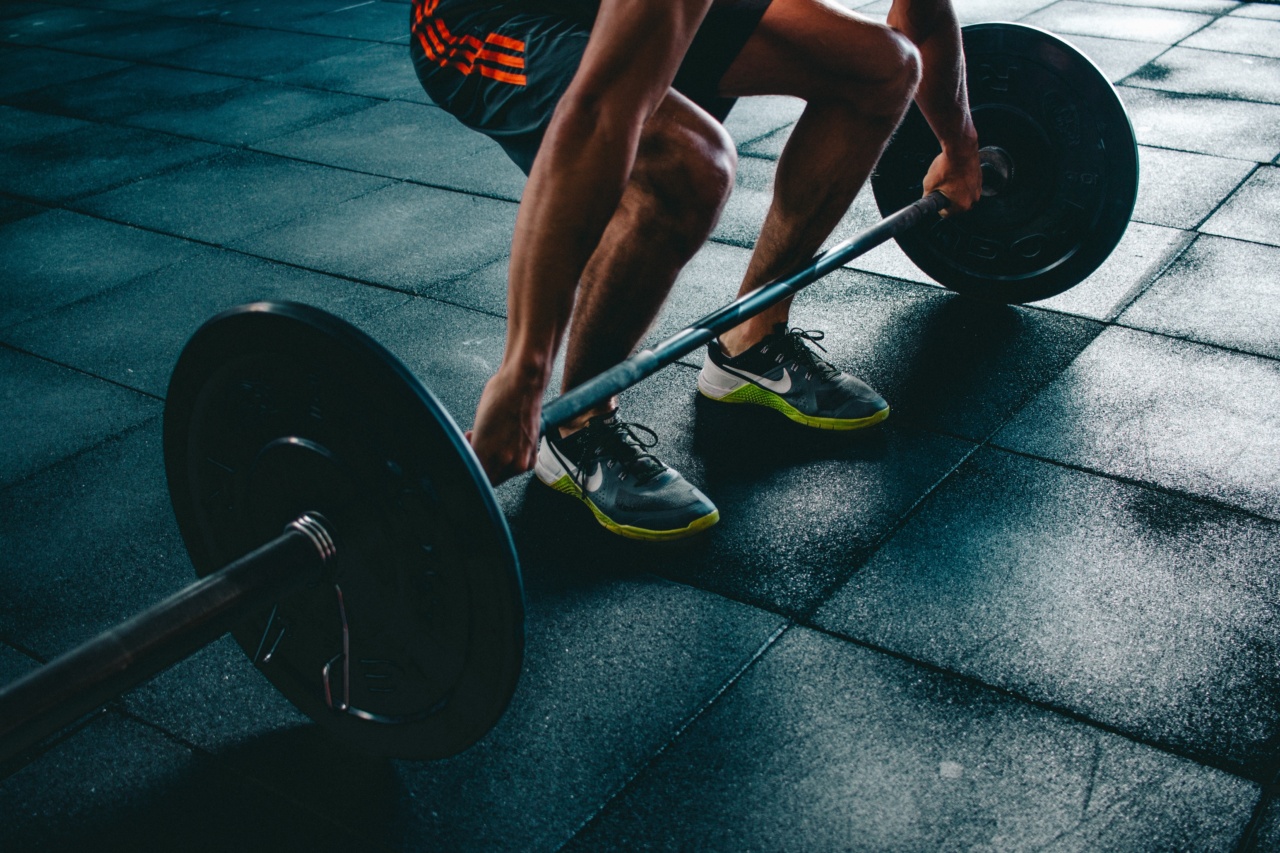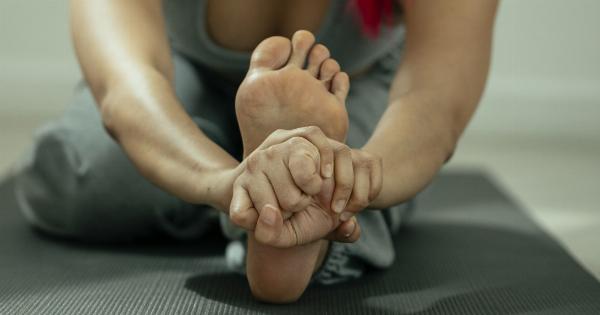After a strenuous workout session, it is common for your muscles to feel sore and achy. This sensation, known as muscle soreness, can vary in intensity and duration.
Understanding when your muscles ache the most can help you plan your recovery strategies effectively. In this article, we will explore the different stages of muscle soreness after a workout and discuss how you can manage and alleviate this discomfort.
Immediate Muscle Fatigue
Immediately after an intense workout, you may experience muscle fatigue. This type of discomfort is often described as a temporary burn or tiredness in the muscles. It occurs due to the depletion of energy stores, such as glycogen, during exercise.
This immediate muscle fatigue usually subsides within a few hours and is not the primary cause of long-lasting muscle soreness.
Delayed Onset Muscle Soreness (DOMS)
A few hours to a day after your workout, Delayed Onset Muscle Soreness (DOMS) sets in. DOMS is the most common type of muscle soreness experienced post-workout.
It is characterized by the gradual onset of muscle tenderness, stiffness, and pain that peaks within 24-48 hours after exercise. DOMS is a result of microscopic damage to muscle fibers and the subsequent inflammation response. It is often felt when performing movements that involve the affected muscles.
Peak Muscle Ache
The point at which your muscles ache the most after a workout is typically during the peak of DOMS. This peak usually occurs around 24-48 hours post-exercise.
During this time, the damaged muscle fibers are healing and rebuilding, leading to increased pain and discomfort. It is important to note that the severity of muscle soreness can vary depending on various factors, including the intensity and duration of your workout, your current fitness level, and overall muscle conditioning.
Factors Influencing Muscle Soreness
Several factors can influence the intensity and duration of muscle soreness after a workout. These include:.
1. Intensity and Duration of Exercise
The more intense and prolonged your workout, the higher the likelihood of experiencing significant muscle soreness. Engaging in new or unfamiliar exercises that target different muscle groups can also contribute to increased soreness.
2. Eccentric Movements
Eccentric movements, which involve the lengthening of muscles under tension, are notorious for inducing muscle soreness.
Activities like downhill running or performing eccentric-focused resistance training exercises can lead to more severe muscle soreness compared to concentric movements.
3. Muscle Imbalances
If you have muscle imbalances or weaknesses in certain muscle groups, it can lead to uneven distribution of stress and strain during exercise, resulting in greater soreness in those areas.
4. Fitness Level
Those who are relatively new to exercise or have taken a break from regular physical activity are more likely to experience greater muscle soreness compared to individuals who are accustomed to regular workouts.
As your body adapts and becomes more conditioned, the severity of muscle soreness tends to decrease.
5. Age
The aging process can affect how muscles recover and repair themselves. As we age, our ability to regenerate muscle tissue diminishes, which can prolong the duration of muscle soreness after a workout.
Managing and Recovering from Muscle Soreness
While muscle soreness is an inherent part of the exercise process, there are various strategies you can employ to manage and recover from it more effectively:.
1. Active Recovery
Engaging in light aerobic exercises, such as brisk walking or cycling, can help improve blood circulation and promote faster muscle recovery. Active recovery also helps flush out metabolic waste products that contribute to muscle soreness.
2. Proper Nutrition
Consuming a balanced diet that includes a sufficient amount of protein, carbohydrates, and healthy fats can facilitate muscle repair and reduce the severity of muscle soreness.
Adequate hydration is also essential for optimal muscle function and recovery.
3. Contrast Therapy
Alternating between hot and cold treatments, such as taking a hot shower followed by a cold bath, can help alleviate muscle soreness. The hot water promotes blood flow, while the cold water reduces inflammation and swelling.
4. Massage and Foam Rolling
Massaging and foam rolling the affected muscles can help relieve muscle tension, improve circulation, and reduce soreness. Focus on gentle, controlled movements and avoid applying excessive pressure to prevent further damage.
5. Proper Warm-up and Cooldown
Before starting your workout, always warm up adequately to prepare your muscles for exercise. Similarly, conclude your workout with a proper cooldown routine, including stretching, to facilitate muscle recovery and minimize soreness.
6. Gradual Progression
To minimize muscle soreness and the risk of injury, it is important to gradually increase the intensity and duration of your workouts.
Avoid sudden spikes in exercise intensity or volume, as this can significantly contribute to post-workout muscle soreness.
7. Get Sufficient Rest
Allowing your body ample time to rest and recover is crucial for managing muscle soreness. Aim for 7-9 hours of quality sleep each night and listen to your body’s cues for rest days or active recovery workouts.
Conclusion
Muscle soreness after a workout is a common occurrence, and understanding when your muscles ache the most can help you better manage and recover from it.
The peak of muscle soreness typically occurs within 24-48 hours after exercise and is attributed to the healing and rebuilding process of damaged muscle fibers.
By implementing effective recovery strategies, such as active rest, proper nutrition, contrast therapy, and gradual progression, you can minimize the intensity and duration of muscle soreness, enabling you to continue your fitness journey with minimal discomfort.






























